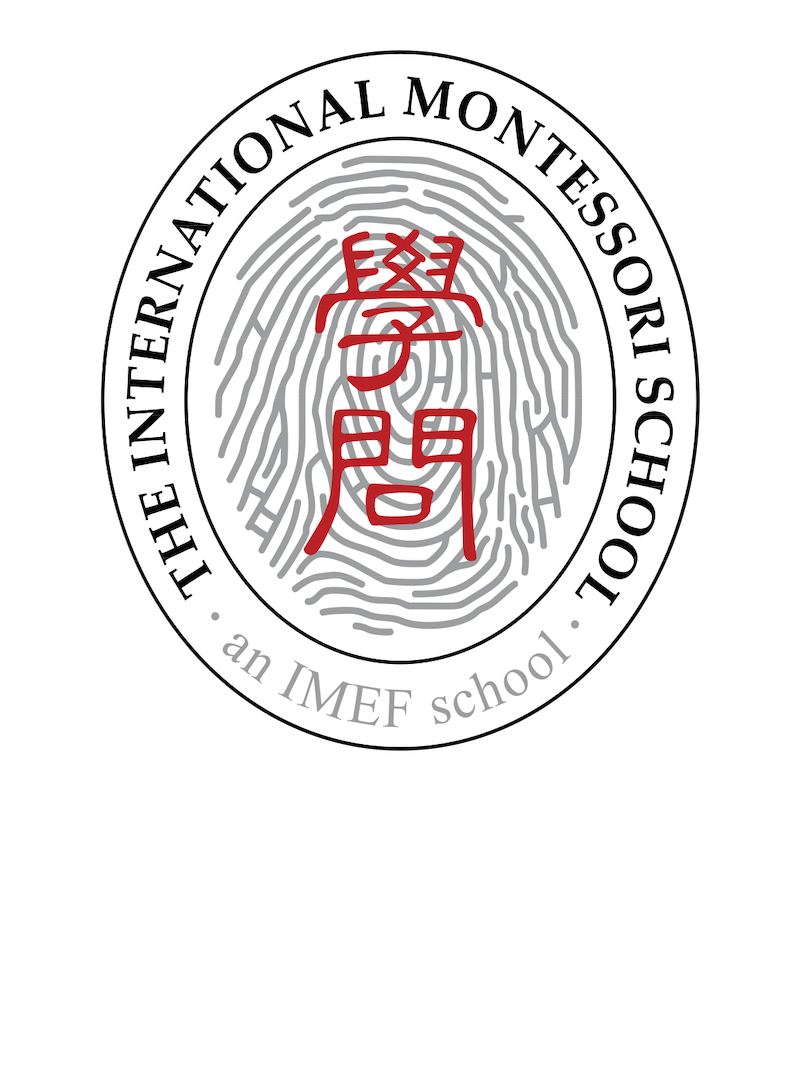
Montessori Mathematics
Why Do We Need Mathematics Anyway?
The fifth and final Great Lesson devised by Montessori, also called the Story of the History of Mathematics, asks this question of the children, and begins to offer some explanation, explaining the origins of the first simple numbering systems, and linking what the children have just learned about geography and the stars to the need for navigation, and thus geometry for early civilisations. Understanding the Fundamental Needs of Humans introduces the concept of bartering and money which we use to meet our needs. History’s famous mathematicians are introduced, and the children develop an understanding that there is still much to learn in this field.
Philosophy [nature] is written in that great book which ever is before our eyes — I mean the universe — but we cannot understand it if we do not first learn the language and grasp the symbols in which it is written. The book is written in mathematical language, and the symbols are triangles, circles and other geometrical figures, without whose help it is impossible to comprehend a single word of it; without which one wanders in vain through a dark labyrinth.
Galileo Galilei
Materials

The Montessori materials are scientifically designed to each teach a specific concept, which a child understands through practice. Research shows that children who have completed an authentic Montessori Casa dei Bambini and Elementary Years Programme will have a strong foundation in Mathematics and Science performance in later learning, which will support their continued learning in life.
Exploring mathematics with these materials is a key area of interest and delight for the children. Mathematics is the language of science and helps explain how things work. The possibilities are limitless. Many of the key spatial relationships they learned about in their Casa dei Bambini days are revisited, as the child connects prior information to understand how to use these concepts.
A significant finding in this study is the association between a Montessori education and superior performance on the Math and Science scales of the ACT and WKCE. In essence, attending a Montessori program from the approximate ages of three to eleven predicts significantly higher mathematics and science standardized test scores in high school.
A Longitudinal Study of the Experience in the Milwaukee Public Schools
Development and reinforcement of the foundation in Mathematics built in the Casa dei Bambini continues into the Elementary years classroom at IMS. Again, the concrete to abstract method is employed using Montessori manipulative materials, which have been precisely designed to help the child investigate and explore how mathematics work in three dimensions, with each manipulable supporting a discrete learning objective. The use of concrete materials allows more advanced concepts to be introduced at an earlier age, and supports better understanding of each learning objective. As a result of linking related action with learning, the student’s understanding is very strong, and once abstracted the knowledge base and ability to use mathematical concepts can be transferred to other situations, which is not the case with mathematics concepts which are simply taught in abstract.

In math children continued work with fractions, division, and squaring.

Older children learned to do long division and fraction work on paper while younger ones continued using hands-on materials.

We urge children to use the materials for a long time before learning mental math tricks. This way they can internalize the process of solving math problems before memorizing sequential steps.

Using the pegboard to derive square roots of large numbers

Completed the multiplication table!

Doing racks and tubes is a challenging exercise in teamwork. Each member of the group has a role to play and must do their part while waiting patiently for other members to do their parts.
It is uniquely Montessori how one material teaches teamwork, hand-eye coordination, and advanced math skills simultaneously. Like most Montessori materials the racks and tubes allows children to practice independently for as long as their concentration allows.
Programme

The Montessori mathematics programme from the earliest ages to Upper Elementary, is a consistent, step-by-step learning programme designed to be introduced to each child in the same logical sequence – as the child is ready for the next challenge.
The Montessori Mathematics programme consists of sequential exercises that start with more concrete lessons, and move forward into the highly abstract. One of the fundamental goals of Montessori education even at the very youngest ages is to stimulate the child’s reasoning ability by the developing the mathematical mind. The presentations require the use of concrete materials created to be used, manipulated, and explored until the child’s mind spontaneously reaches the point of consciousness where the concrete becomes the abstract and the child understands. The introduction to numeration, the study of the decimal system the understanding of the function and mechanics of the four operations (addition, multiplication, subtraction and addition), fractions, powers, etc. are all areas of study presented with the brilliantly designed Montessori materials.
The Method integrates arithmetic, algebra, and geometry into a system where each illuminates the other. The child begins to use concrete Montessori learning materials to understand basic concepts (computation, base systems, square roots) and then explores mathematical principles abstractly using pencil and paper as his or her interests and abilities develop.
There is no limit to the subject matter, and advanced students may continue with studies far beyond their traditional grade level.
Dual-Language Learning in the Classroom

The Montessori mathematics programme from the earliest ages to Upper Elementary, is a consistent, step-by-step learning programme designed to be introduced to each child in the same logical sequence – as the child is ready for the next challenge.
Copyright 2024 The International Montessori School - an IMEF school. All Rights Reserved.


